I Object: Ian Hislop’s Search for Dissent, British Museum, review: 'Merely an eclectic collection of objects about objecting'
His exhibition of around 100 pieces makes the point that he and the modern band of satirists are far from the first to make mischief
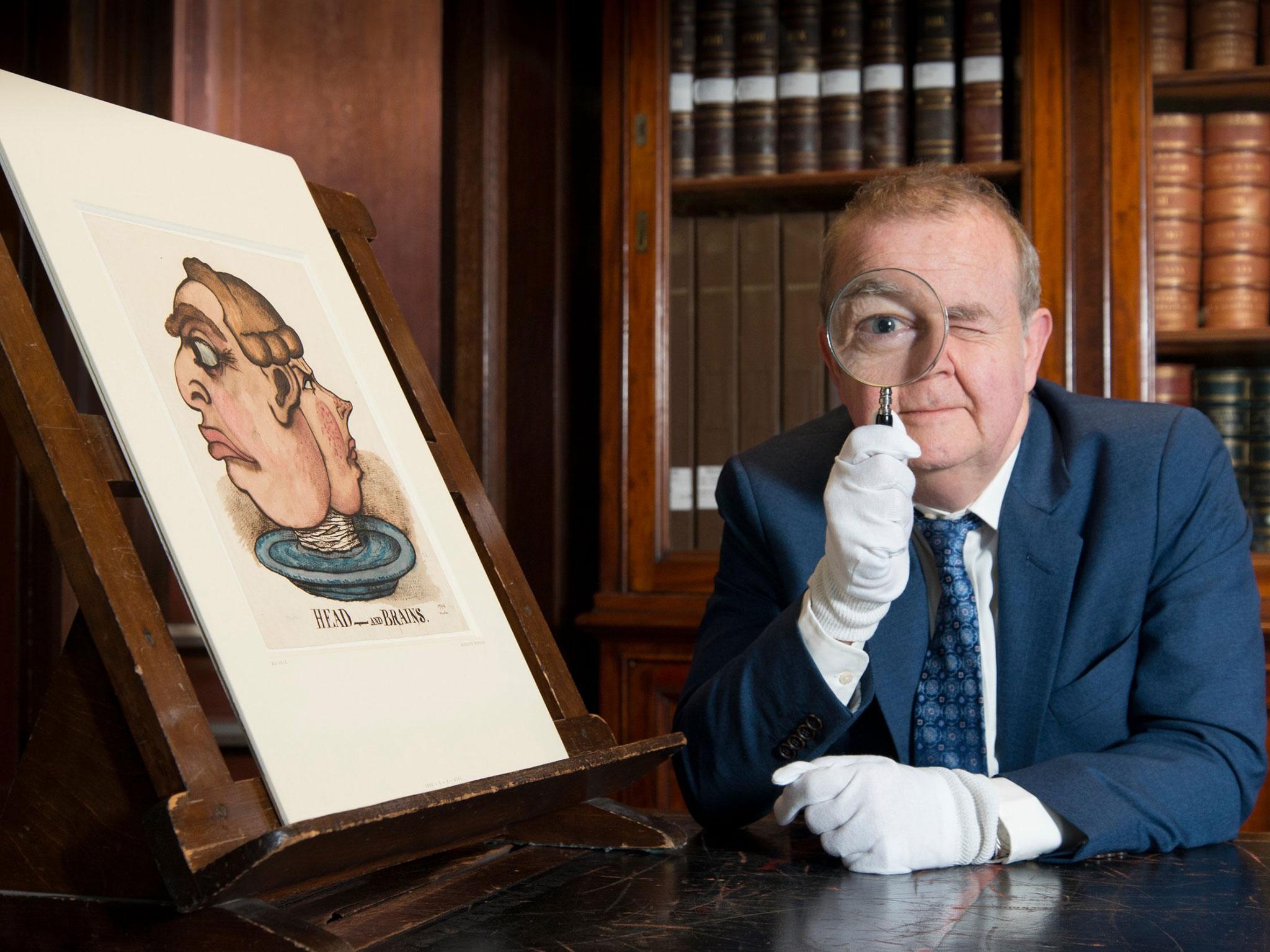
Can satirists themselves ever get so establishment, self-satisfied and pompous that they themselves deserve to be satirised? Sometimes, I have to confess, I wonder about it when I see Ian Hislop in Have I Got News For You? Here is a bloke, with the rest of the regulars, who actually can exercise a certain amount of influence, if not power, themselves. He is editor of Private Eye, one of the biggest circulation magazines in the country, which is doing nicely. Now, of all things, he has been made co-curator of the British Museum, no less, with his very own exhibition: I Object. Whatever next? Sir Ian? Lord Hislop?
Fortunately it has not all travelled the relatively short distance to his head. Hislop’s show occupies quite a small space, and its ambitions are suitably modest. At the launch event, at which he recognised the hard work and inspiration of Tom Hockenhull, a curator at the museum, he made no great claims for this to be some sort of alternative history of civilisation as told by the oppressed, or a grand treatise on “dissent”, but merely an eclectic collection of objects about objecting. They simply show how people have poked fun at those in control of their lives, usually openly in free societies, or to transmit a message more covertly, under dictatorships or simply to make some sort of private joke, just for the sheer childish vandalistic hell of it.

In Hislop’s words: “From ancient civilisations through to our own, there are extraordinary objects that bear witness to someone questioning the authorised version of their times and deciding to make a small though often lasting protest”. Satire, in other words, is nothing new.
A very broad range it is too, historically and geographically. One of the earliest artefacts is a brick commissioned by Nebuchadnezzar II, king of Babylon, in about 580BC. As was the king’s custom, the brick is decorated with the usual praise of his far-sighted building programme – the HS2 of the ancient world perhaps – but it was only much later that a curious official at the British Museum noticed there was another name baked into the brickwork, that being the name of the brick master. It stayed there for the next 1,000 years until the wall came down, possibly unnoticed by many, if anyone, during its time as a long lasting but very private joke, between the brick master and his mates on the project. The last laugh, of course, being that it’s now about 2,574 years too late for old Nebs to wreak his revenge.
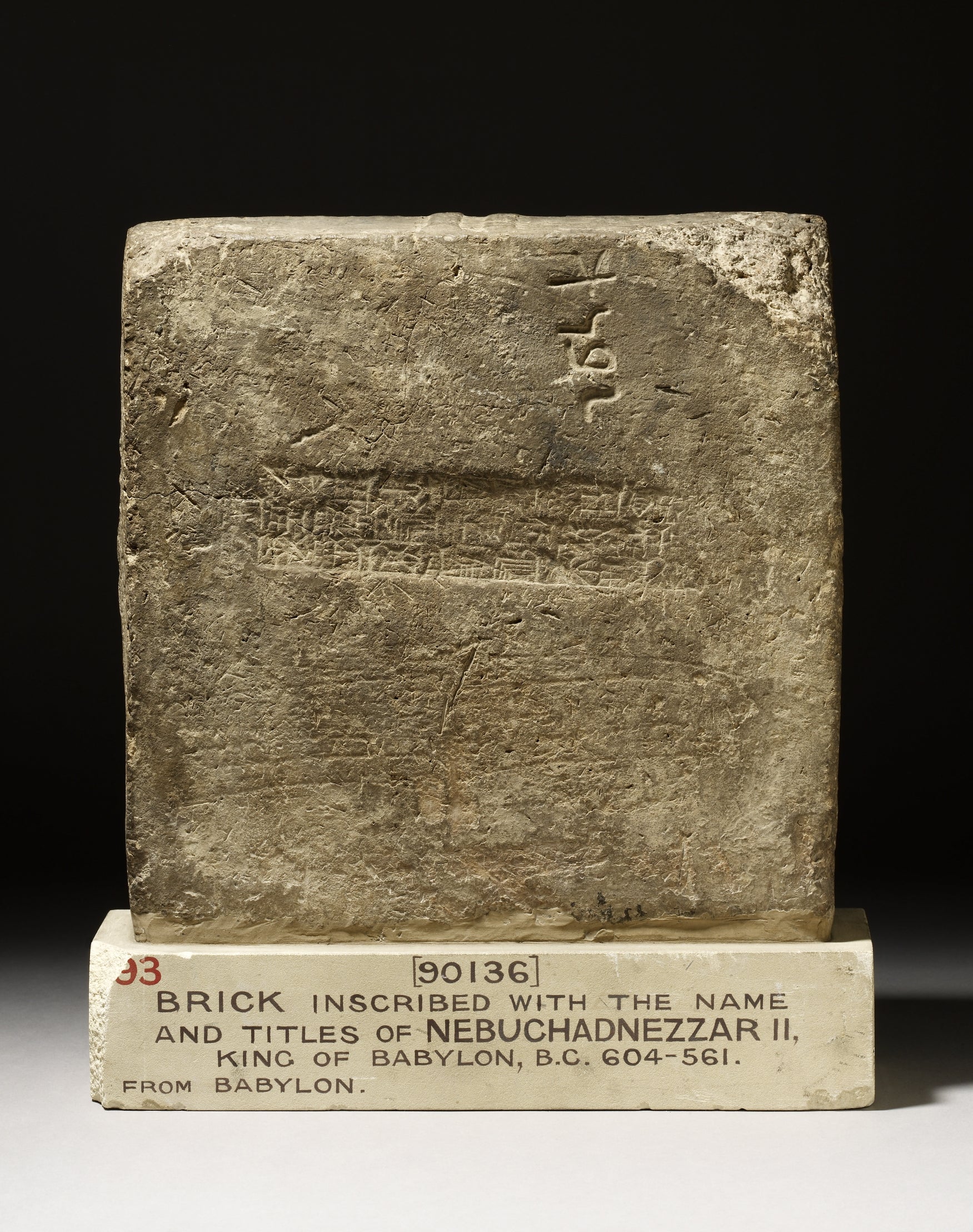
Then again, like the old philosophical puzzle about whether a tree in a forest actually falls if no one hears it coming down, is private satire actually satire at all?
Thus, a bored engraver with the responsibility for designing a 50 rupee banknote for the Seychelles decided to have a bit of fun and hid, quite elaborately, the rude word “SEX” in the fronds of some palm trees next to the portrait of the Queen. History does not record his fate, though you’d think it must have been some very sharp-eyed Seychellois who spotted the mild obscenity, published towards the end of British colonial rule. Lese-majeste or a play on the name of the cocktail “sex on the beach”. I’d like to imagine both.
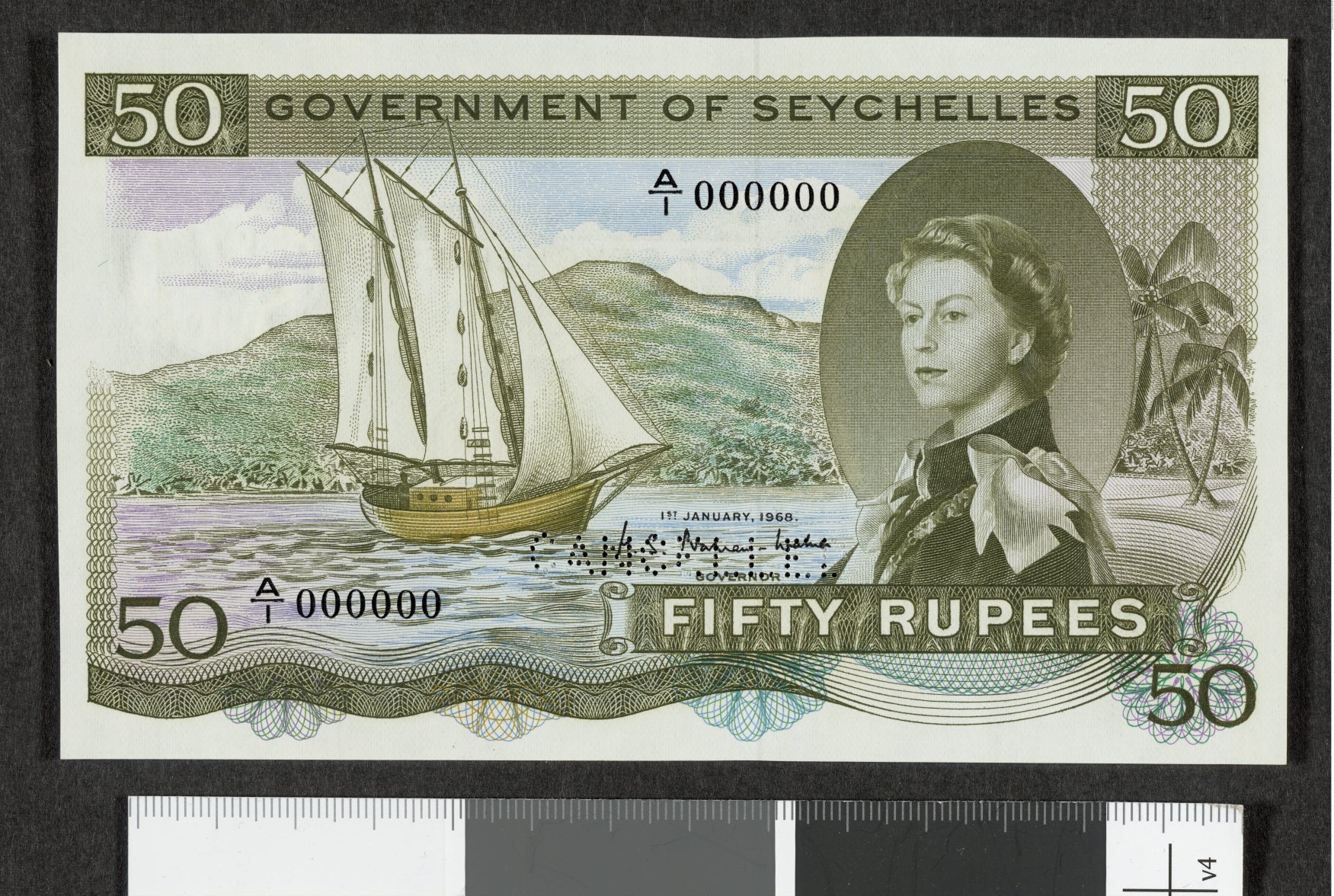
Nor do we know what might have befallen the designer of a five yuan Chinese postage stamp ostensibly marking the Barcelona Olympic Games in 1992. He, bravely or foolishly, decided to stick a coded message about the 1989 Tiananmen Square massacre into the artwork. On an apparently innocuous image of some athletes, the unlikely number “64” was stuck on one of the runner’s vest – an unmistakable reference to the date of the massacre, 4 June, commonly abbreviated in China to “6-4” or “64”.
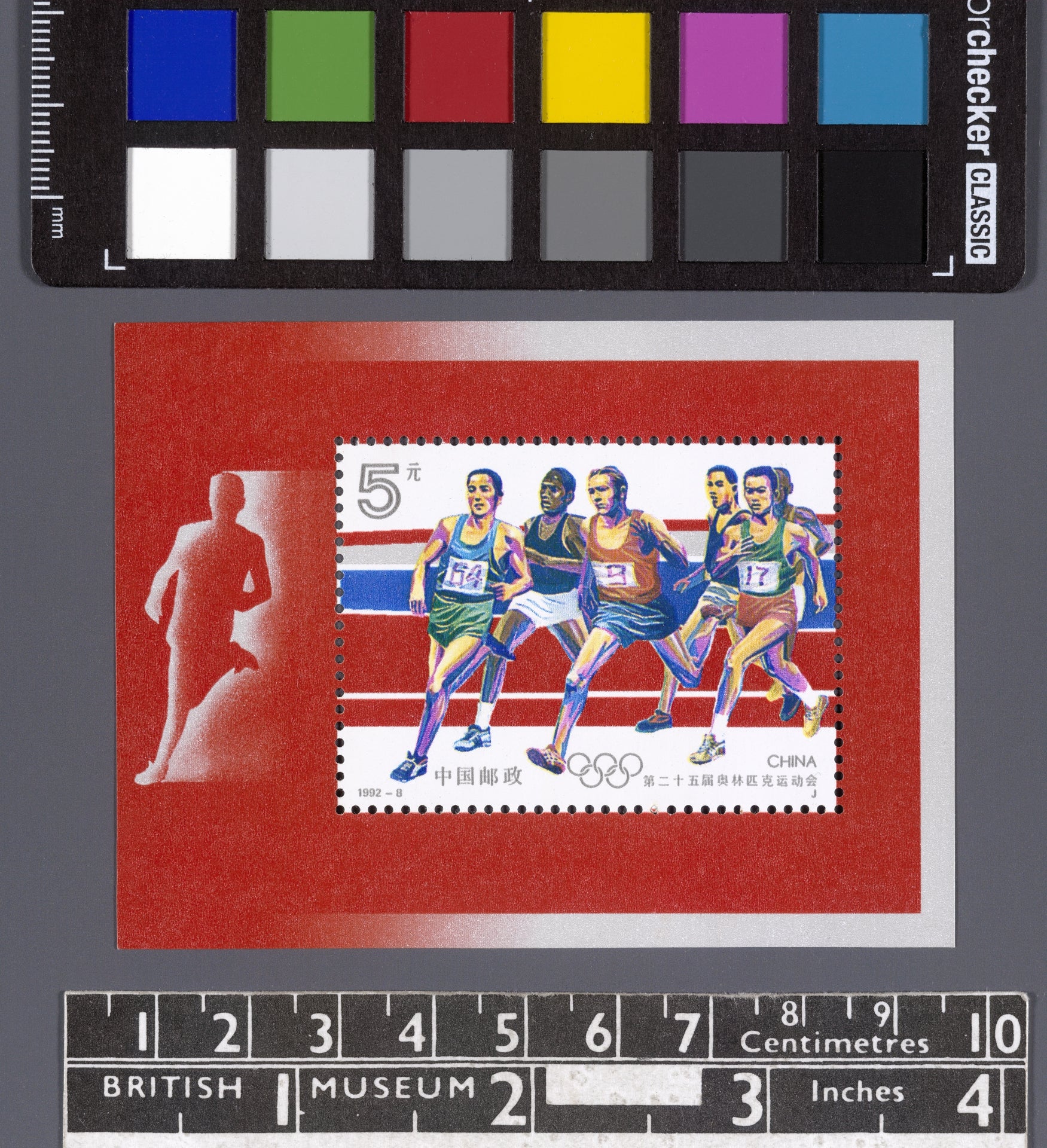
The most high profile of the recent additions to the collection picked out by Hislop is a 2016 “Pussyhat” – a pink knitted affair with “ears” fashioned in the corners, as worn by protesters after Donald Trump’s sleazy comments about women were unearthed. It’s an act of subversion on many levels, though now, dumped on a plinth, it looks a bit less radical and rambunctious, as some context is inevitably lost.
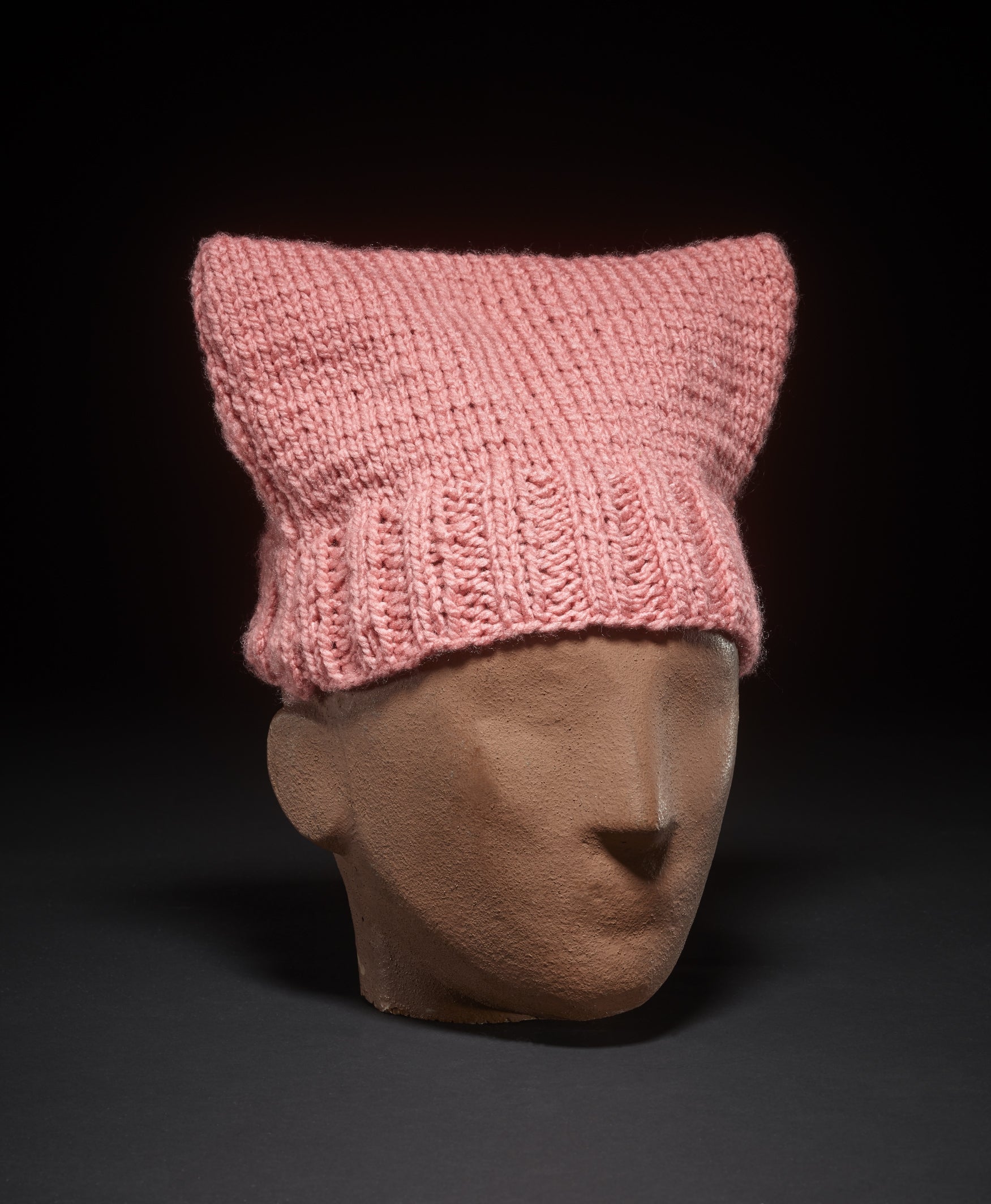
Not so the £20 defaced with the words “STAY IN THE EU” rubber stamped on it, obviously at some point after the 2016 referendum. That too follows in an honourable, though quirky, tradition of literally hammering home political messages into coins to gain a wide circulation.
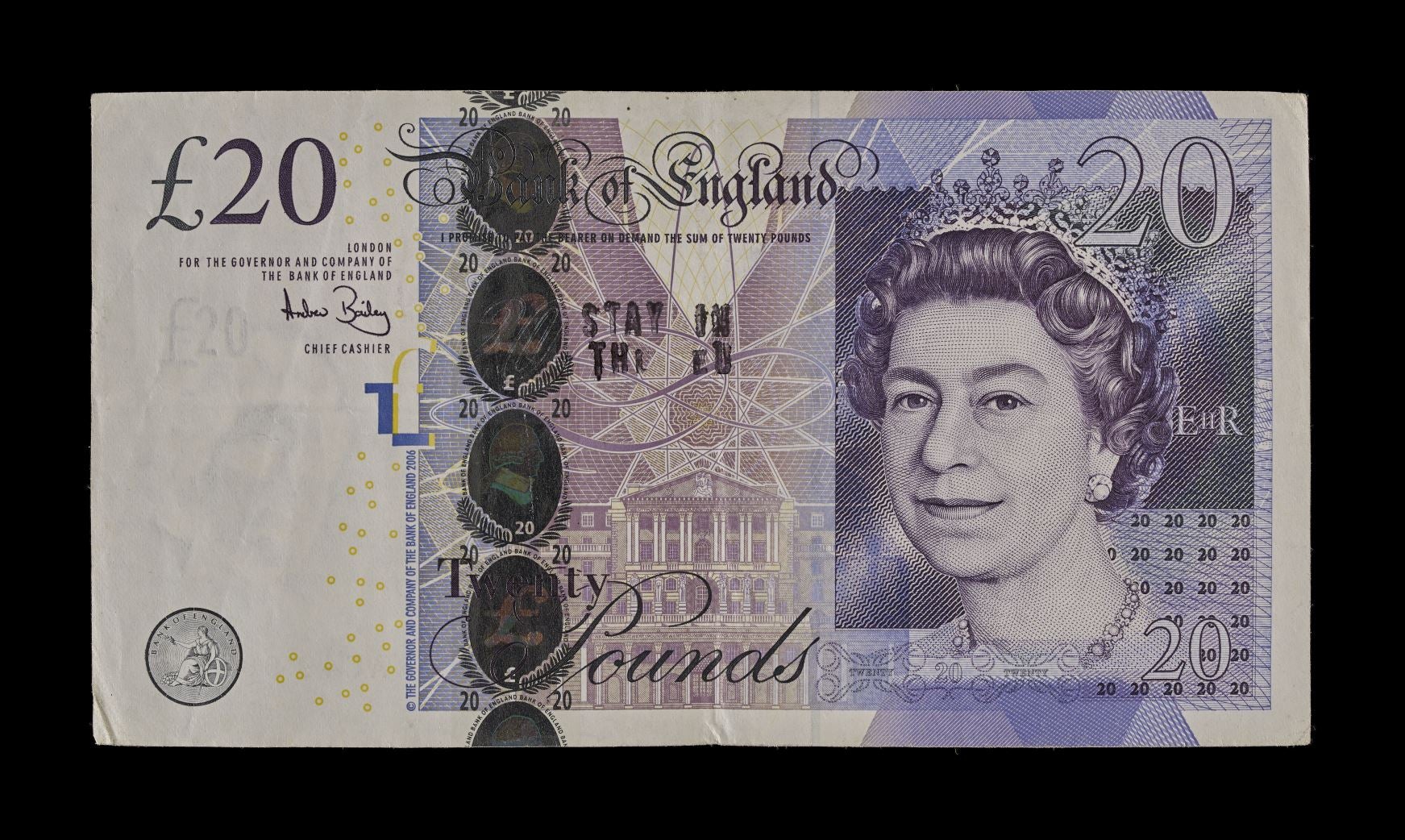
Plenty of Edwardian-era pennies (bigger than our ones) accommodated the slogan “VOTES FOR WOMEN”, though exactly what was being conveyed on the 1937 two shilling piece with a crude Swastika and “NAZI” stamped on George VI’s profile is unclear. Pro- or anti- appeasement? Not every protest is perfectly thought through.
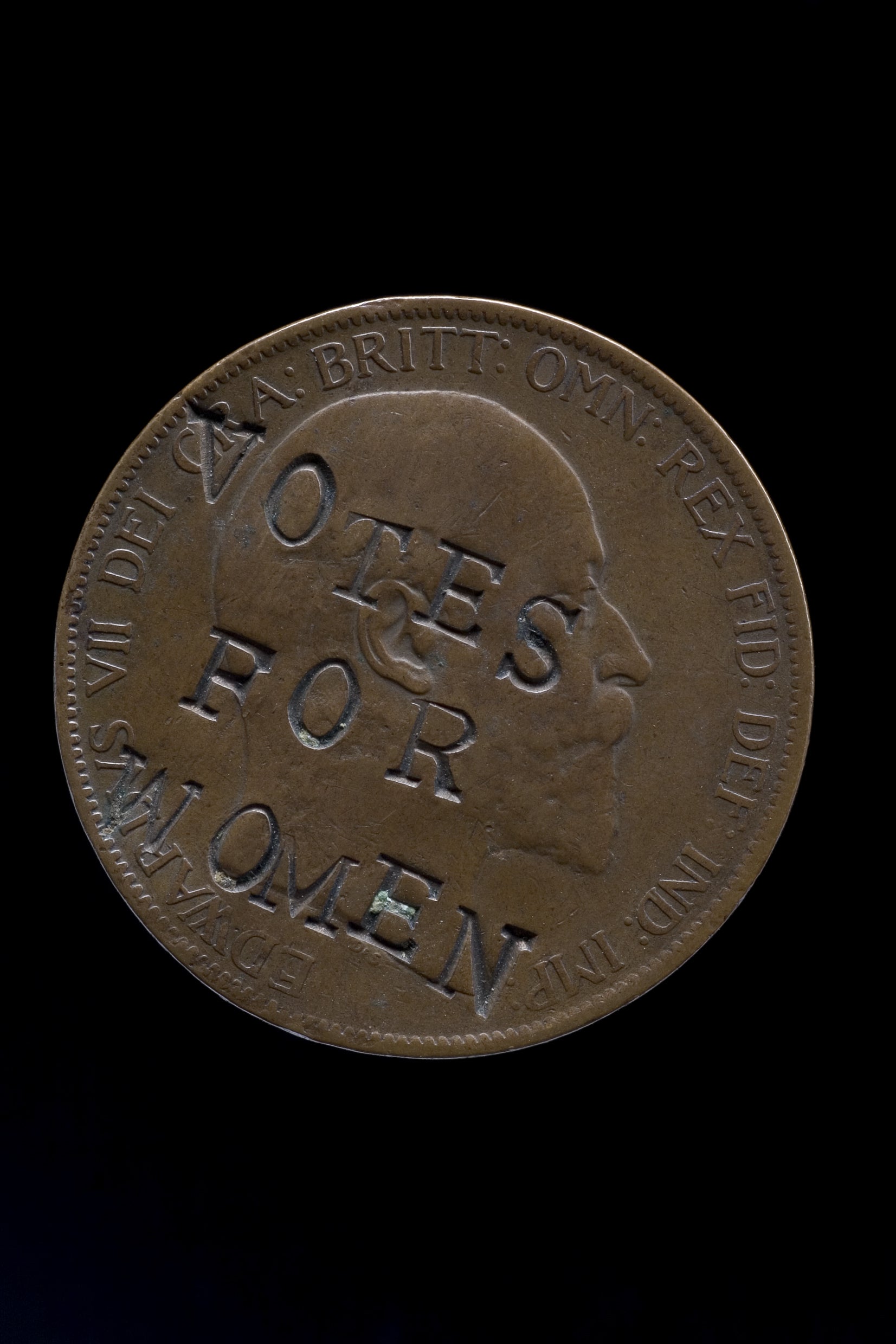
The biggest and most elaborate item is a set of oak doors from Nigeria, hand carved to celebrate the 1924 British Empire Exhibition at Wembley, but with disrespectful images of British colonialists on their motorcycles being mocked by the locals unobtrusively incorporated into the work.
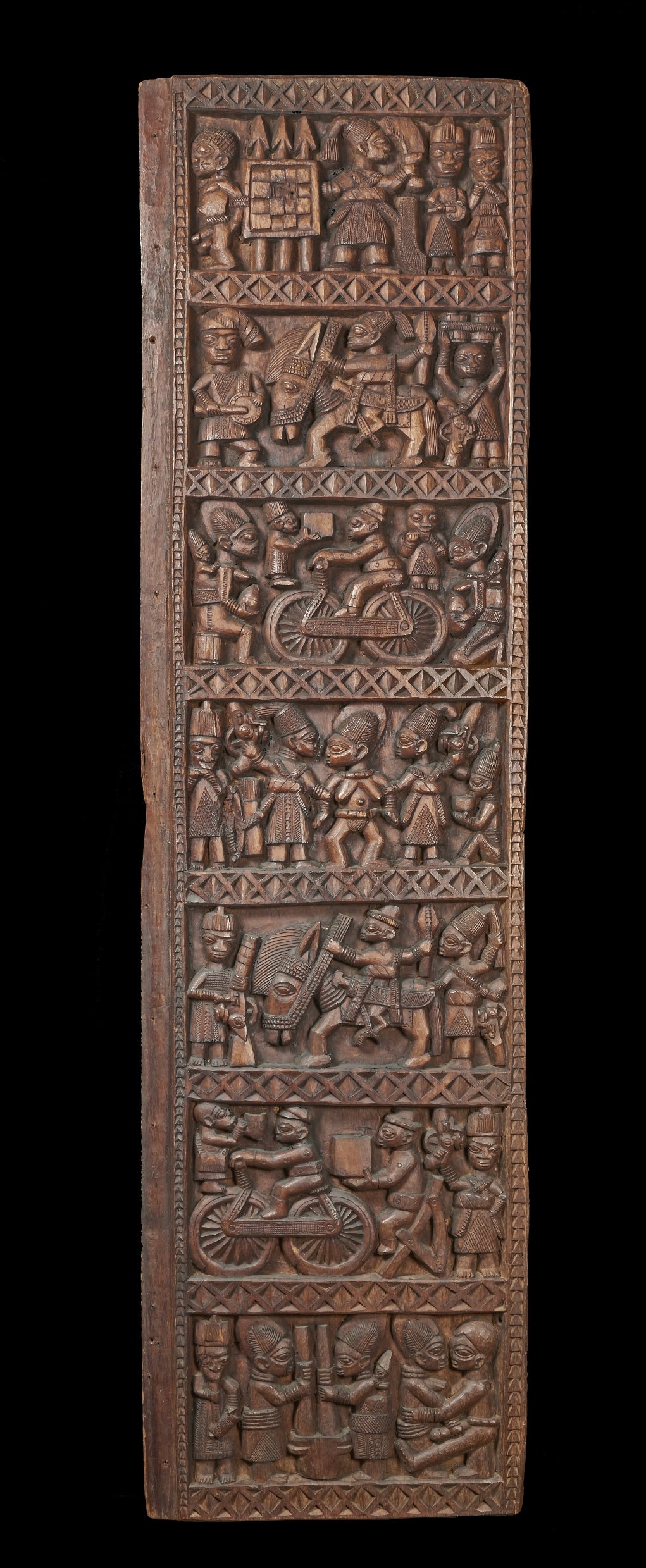
So there’s a good deal about how “ordinary” folk can make their view known, in the millennia before social media. There is much less, rightly, about the familiar methods of paid and powerful satirists, the cartoonists of today (or should that be Toady), and the engravers and printmakers of the past who made a sometimes decent living out of lampoonery. One of the great definitive caricatures of all time is there, however – A Voluptuary Under the Horrors of Digestion, by James Gillray, etched in 1792 and hardly ever bettered. There we see the self-indulgent, fat, greedy, corrupt, womanising and general disgrace that is the Prince Regent, later George IV, picking at his teeth.
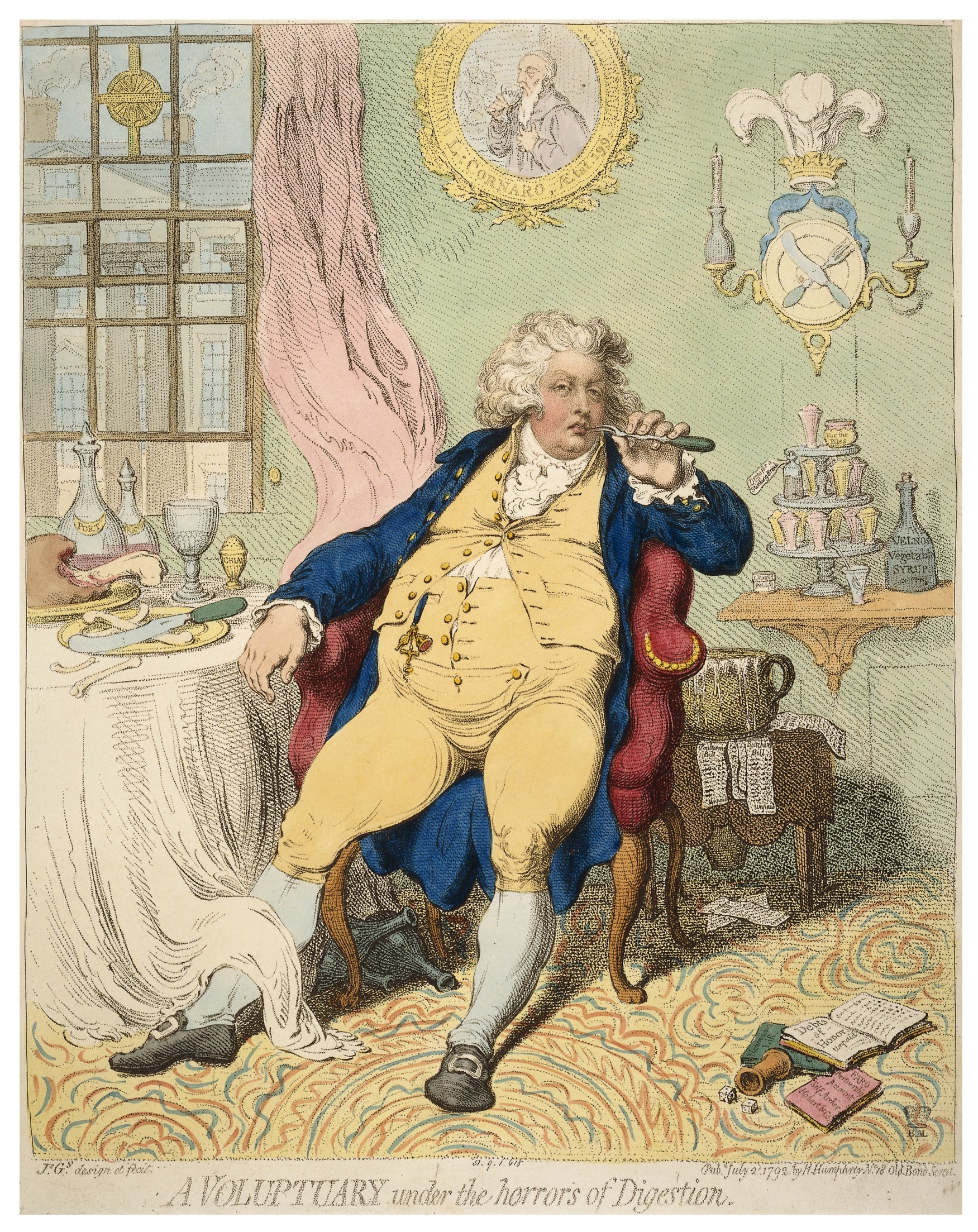
The wastrel prince is surrounded by the detritus of yet another evening of self-indulgence, his chamber pot overflowing, and the obscene royal being so slovenly and idle he cannot be bothered to drag his corpulent form to the water closet. As an image, it is quite in your face, but not so literally as the cartoon of someone farting straight into the face of George III – Treason! by Richard Newton.
The exhibition is a fine representation of the professional artist, but the cottage industry of button badges, T-shirts, posters and the Day of the Dead figure of a capitalist factory owner from Mexico all have their own power to assault dignity and status.
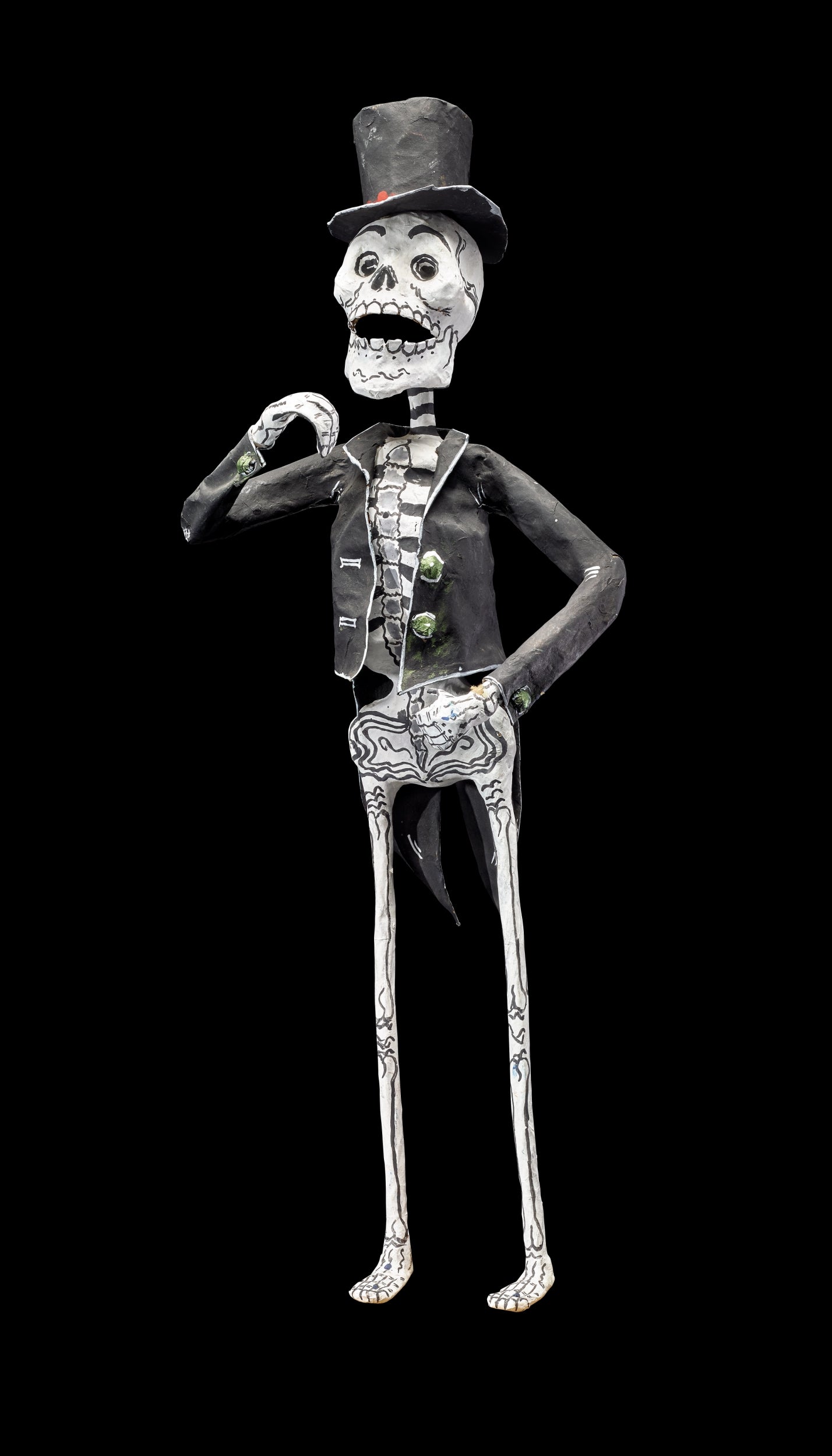
Last – a real mystery. “Thou shalt commit adultery” appeared as one of the 10 commandments in a 1631 edition of the King James bible. The printers were fined £300 (say £60,000 today) for their “mistake”. Was it an error? Was it deliberate sabotage by a printer in the pay of a rival? Or some typesetter having a laugh? Hislop, though, thinks he recognises a kindred spirit.
The subtitle of this exhibition of around 100 pieces is “Ian Hislop’s search for dissent”. Of course, sometimes you have to go no further than a newsstand and pick up a copy of Private Eye, but at times the activity is deliberately below the radar. Being a part-time leader writer myself, my own favourite bit of journalistic semi-clandestine protest comes from an editorial written by my old friend Stephen Pollard on his last day at the Daily Express. In an article about the virtues of organic farming, he made clear his feelings for the new Express proprietor, Richard Desmond. The first letters of each sentence spelled out the message “f*** you Desmond”. He’s editor of the Jewish Chronicle now, which proves that satire isn’t always bad for your career. Someone should place a copy of that Express, ca January 2001, in the British Museum.
If Hislop’s show has a theme, or a point to prove, it is a small but important one – that he and the modern band of satirists, who’ve enjoyed waves of successes and celebrity since the 1960s, are far from the first to make mischief. To assume otherwise is to “patronise the past” in Hislop’s ringing phrase. No one should dissent from that.
I Object: Ian Hislop’s Search for Dissent, is at the British Museum until 20 January
Join our commenting forum
Join thought-provoking conversations, follow other Independent readers and see their replies
Comments